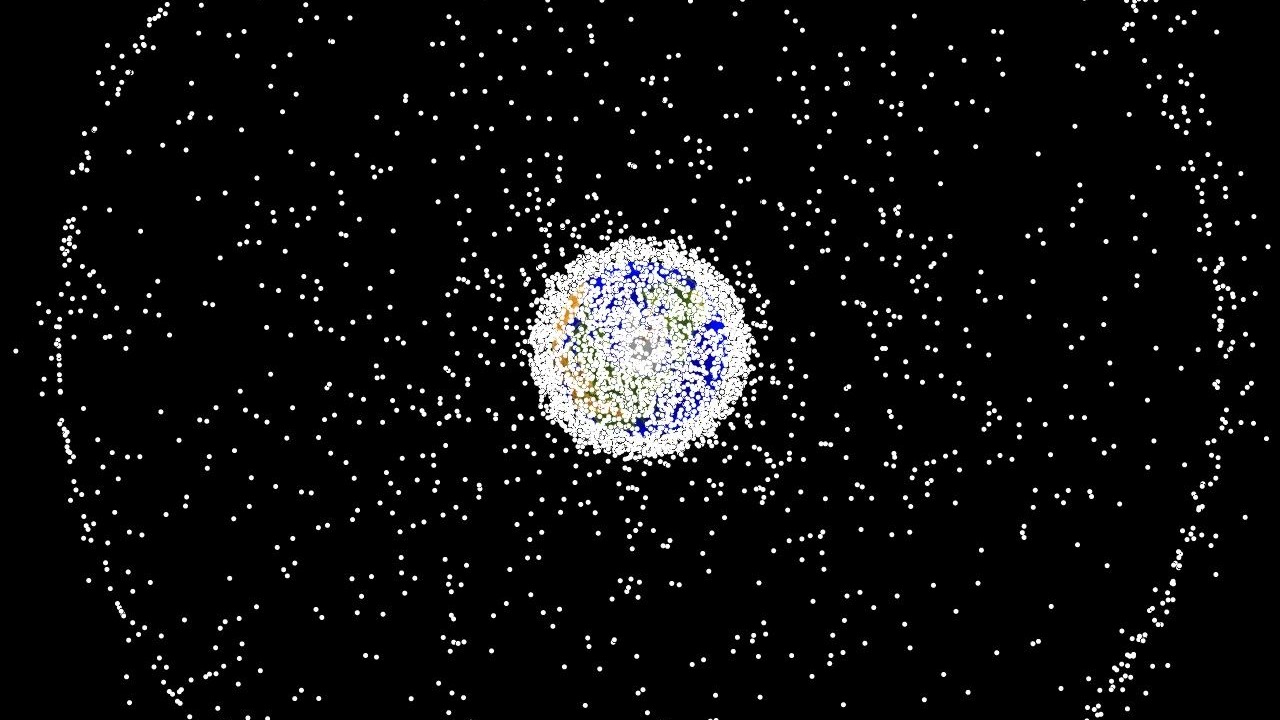
Over 36,000 pieces of orbital debris larger than 10 centimeters are currently tracked by the U.S. Space Force, posing collision risks to operational satellites and the International Space Station located in low Earth orbit. With more than 1.3 million smaller fragments under 1 cm also present, the annual risk of debris-induced failures in satellite constellations has risen, as evidenced by the 2009 Iridium-Cosmos collision that generated over 2,000 trackable pieces. Effective disposal methods are essential to mitigate this, with space agencies like the European Space Agency enforcing guidelines to limit post-mission debris generation since the early 2000s.
What Is Space Debris and Why Does It Matter?
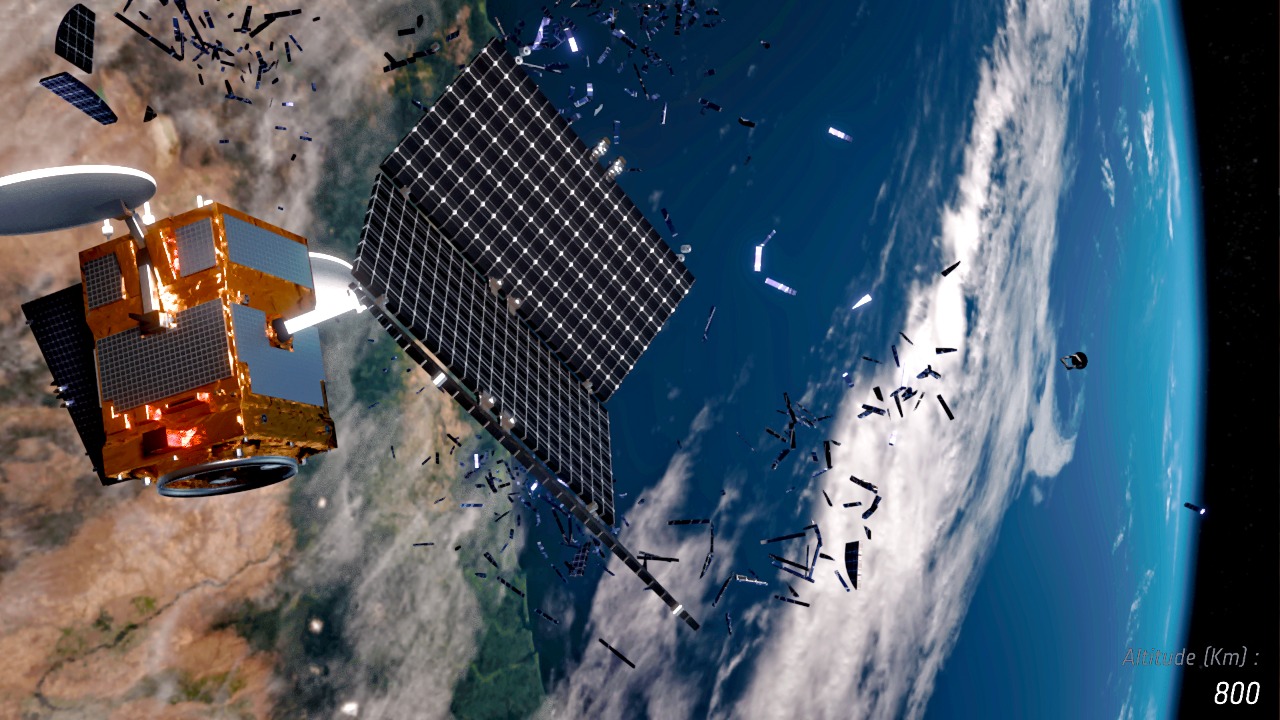
Space debris consists of human-made objects in orbit that no longer serve a useful function, including defunct satellites, spent rocket stages, and fragments from collisions or explosions. As of 2023, over 27,000 objects larger than 10 centimeters are tracked globally, highlighting the scale of the issue. The presence of this debris poses significant risks to active satellites and space missions, as even small fragments can cause substantial damage due to their high velocities. The Aerospace Corporation underscores the importance of managing this debris to prevent potential collisions.
The Kessler Syndrome presents a particularly alarming scenario, where cascading collisions could render certain orbits unusable. This risk is supported by models showing that a single event, like the 2007 Chinese anti-satellite test, created over 3,000 pieces of debris that remain hazardous today. The economic implications are also significant, with satellite operators incurring costs of approximately $100 million annually for collision avoidance maneuvers. These maneuvers are necessary to protect valuable assets in space, as highlighted by analyses of over 500 such maneuvers performed yearly according to Built In.
Current Methods for Debris Mitigation During Missions
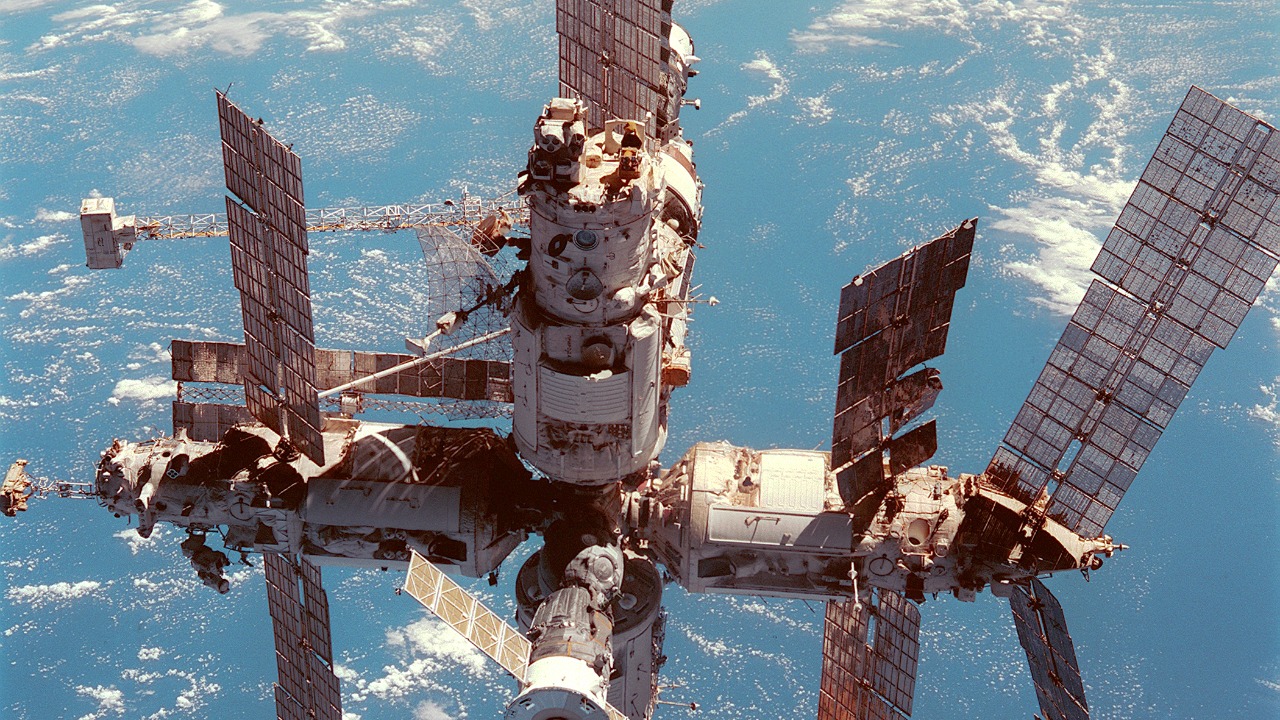
To mitigate the creation of new debris during missions, space agencies have implemented several strategies. One such method is passivation, where spacecraft are designed to deplete energy sources like fuel and batteries at the end of their operational life to prevent explosions. This technique has been a standard requirement by NASA and the European Space Agency (ESA) since 2002. The ESA emphasizes the importance of these guidelines in reducing the risk of debris generation.
Another approach involves using drag sails and tethers to accelerate the natural atmospheric reentry of objects in low Earth orbit. The University of Surrey’s RemoveDEBRIS mission successfully tested a net capture in 2018, demonstrating the potential of these technologies. Additionally, controlled deorbiting burns are employed for upper stages, as seen with SpaceX’s Falcon 9 rockets, which target reentry over the Pacific Ocean. This method reduces long-term debris by ensuring disposal within 25 years post-mission, as detailed by BGR.
Active Removal Technologies in Development
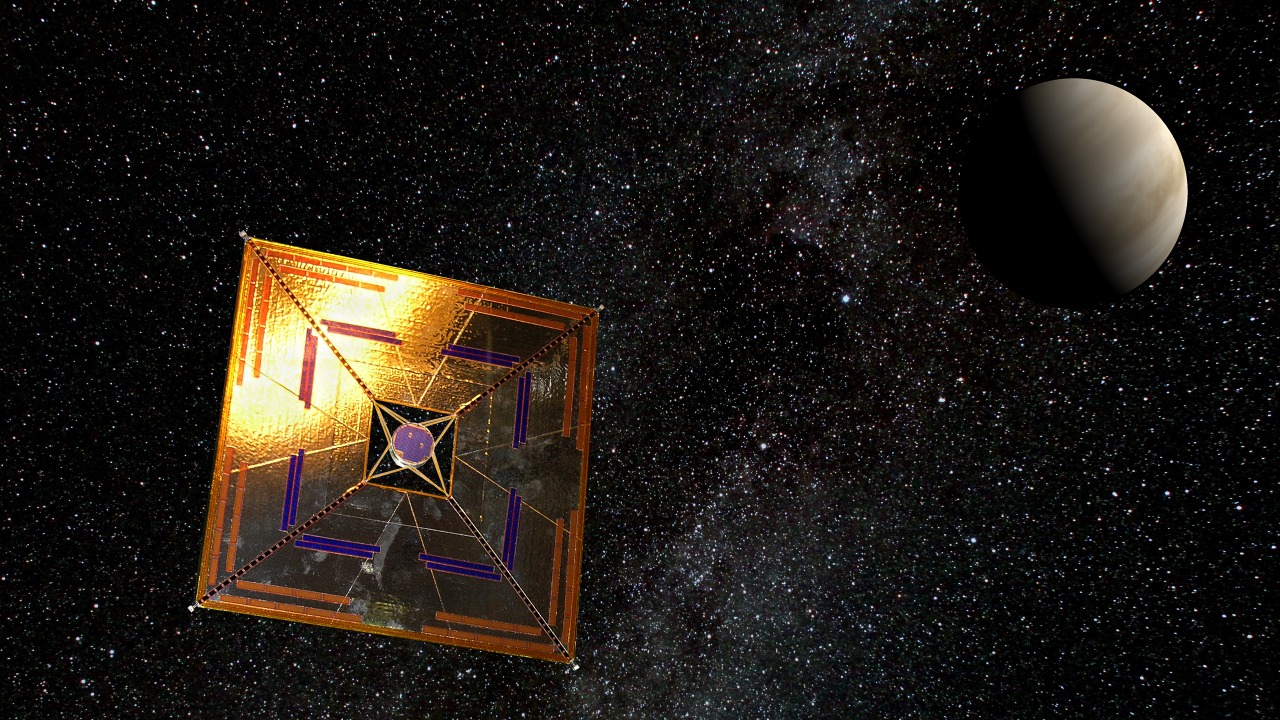
Active removal technologies are being developed to address the existing debris problem. Robotic arms and missions like ESA’s ClearSpace-1, planned for a 2025 launch, aim to capture and deorbit a Vega rocket upper stage. This mission targets the 100+ tons of debris in low Earth orbit, showcasing a proactive approach to debris management. The ESA is at the forefront of these efforts.
Laser ablation systems represent another promising technology, where lasers vaporize small debris to alter their orbits. Ground-based prototypes tested by NASA have shown potential to nudge objects as small as 1 centimeter without physical contact. This method could significantly reduce the risk of collisions by clearing smaller debris from critical orbits, as reported by ScienceDirect.
International collaborations are also crucial in advancing debris removal technologies. The UN’s Space Debris Mitigation Guidelines, adopted in 2007, encourage the development of innovative solutions like Japan’s KITE experiment, which uses electrodynamic tethers for momentum-exchange deorbiting. These collaborative efforts highlight the global nature of the space debris challenge and the need for coordinated action, as noted by the Aerospace Corporation.
Challenges and International Efforts in Debris Disposal
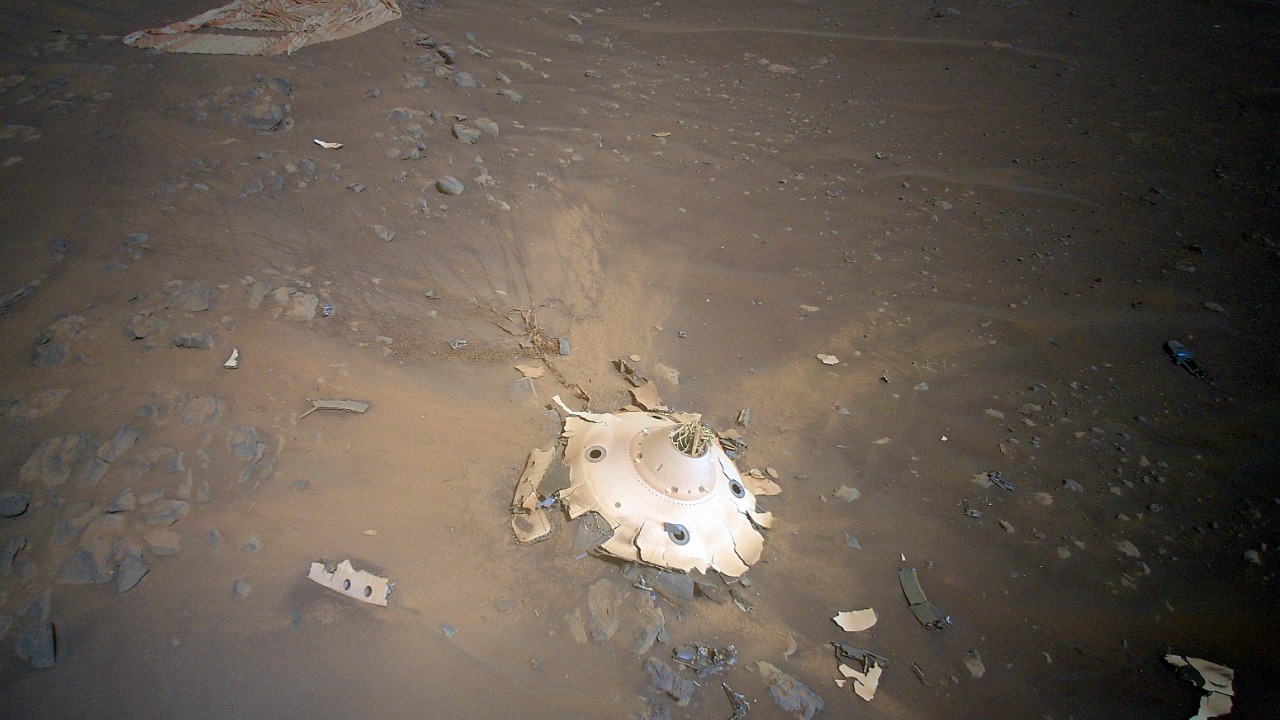
Despite technological advancements, several challenges hinder effective debris disposal. Legal and ownership issues complicate efforts, as no single entity controls debris removal. This complexity persists even though over 130 nations have signed the Outer Space Treaty of 1967, which outlines the principles for space exploration and use. The Built In article highlights these legal hurdles as significant barriers to progress.
The high cost of removal missions also poses a challenge, with estimates reaching $1 million per kilogram for active capture. This financial burden is significant given the 9,000+ tons of total orbital mass that needs addressing. The ScienceDirect source provides insights into the economic implications of debris removal.
Ongoing initiatives, such as the U.S. Orbital Debris Program at NASA, are crucial in coordinating tracking and mitigation strategies. This program works with INTERA to limit new debris to under 10% of launch mass, demonstrating a commitment to sustainable space operations. The BGR article underscores the importance of these efforts in maintaining the long-term viability of space activities.